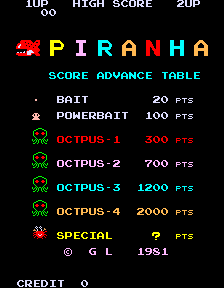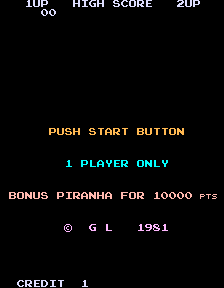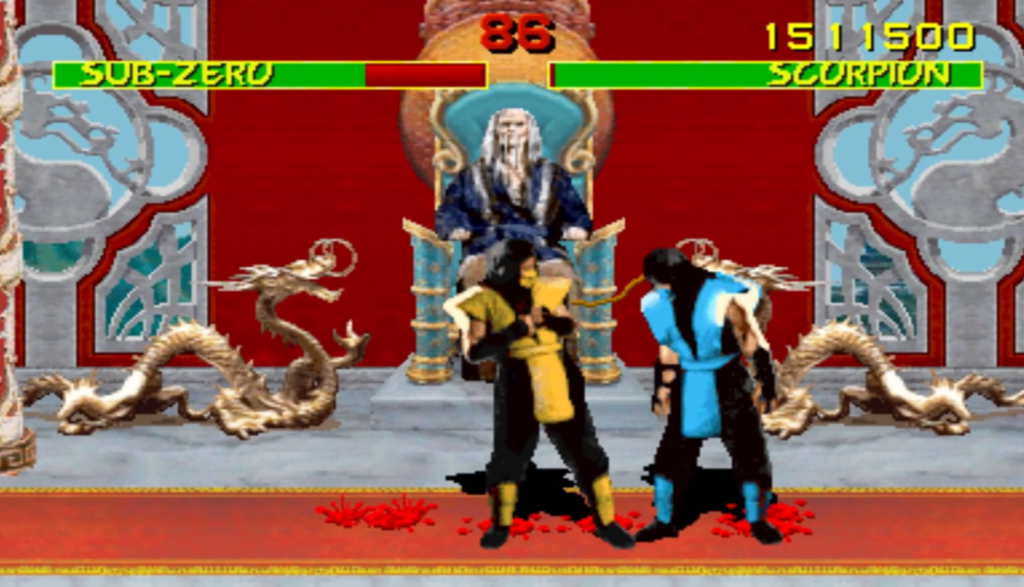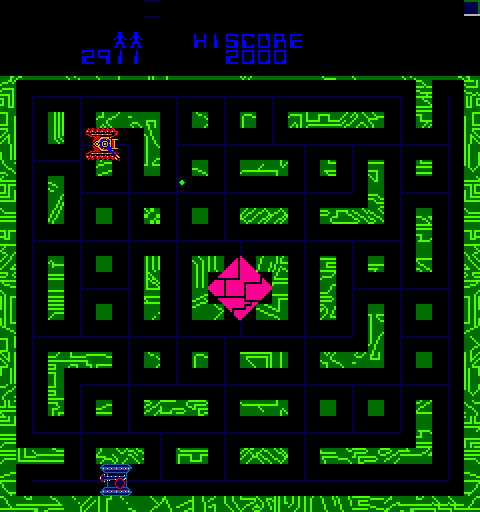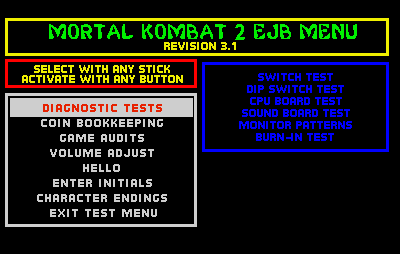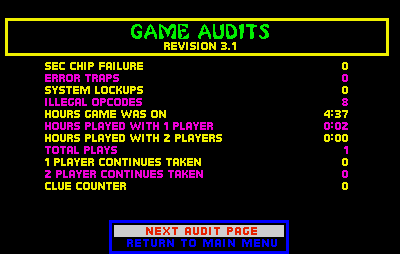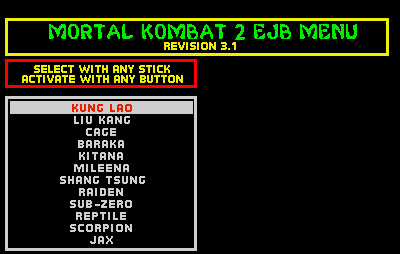Lots of arcade machines have boring manuals, full of schematics, operator settings and assembly instructions, and nothing else. The manual for Bally/Midway’s Wizard of Wor machine has some other information, including a fairly complete play description including inner details of how the monsters are generated and how levels get harder, and a listing of all the phrases the game’s voice synth uses during play.
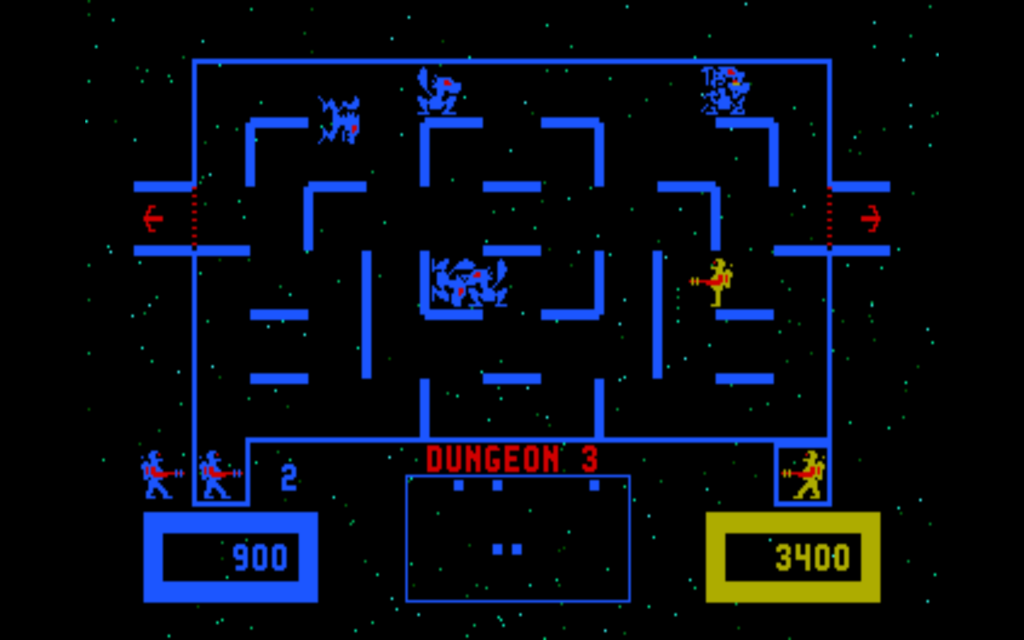
There was recently an upload of 2,000 arcade manuals to the Internet Archive (as reported by Jason Scott on his Bluesky account, although he’s also on Mastodon, twice apparently), and that’s where I found the manual for Wizard of Wor.
Some quotes (italics are mine):
“When you have reached dungeons eight and above, you have become a Worlord. Now you have the honor of testing your skill in the Worlord dungeons. These dungeons are much tougher, there are fewer walls and more open spaces. If even one shot misses, and travels the long distance down to the opposite wall, a monster wiii very likely come up and gobble you down. Finding and establishing yourself in solid strategic positions is very difficult. It is easy to have several worriors chomped up in a row. Sometimes the monsters will line up along one edge of the maze — a lovely parade. However, if just one monster starts approaching from the top, watch out!” (page 11)
“The Wizard of Wor loves to hear the patter of little feet running through his dungeons. So he created some lovely beasties, known as Worlings. Burwor is beautiful, bouncing blue. Six of them exist on each dungeon level. They always remain visible. This is because the Wizards favorite color is blue. As each Burwor is shot, a Garwor may come to take his place. Garwor is kind of overfed, and waddles a bit, but he has yellow scales that are just delicate. As Garwors are shot, Thorwors are teleported in to take their place. Thorwor is sleek and dangerous red.” (page 11)
“The Wizard of Wor: Even at a young age, the Wizard showed promise in the mystic arts. But it took many dangerous encounters and many years of research and study to sharpen his skills to his current high level. Over the centuries, the Wizard has retained his chaotic sense of humor, much to the chagrin of worriors entering his dungeons (see the list of phrases).” (page 12)
And some of the phrases spoken by the Wizard during the game, spoken by the synth:
- “Hey! Insert Coin!”
- “Another coin for my treasure chest.”
- “Ah good! My pets were getting hungry. Ha ha ha ha!”
- “You’re off to see the Wizard, the magical Wizard of Wor.”
- “Remember, I’m the wizard, not you.”
- “If you can’t beat the rest, then you’ll never get the best! Ha ha ha ha!” (The Wizard laughs a lot.)
- “If you destroy my babies, l’ll pop you in the oven! На һа һа һа!”
- “Wasn’t that lightning bolt delicious? Ha ha ha ha!”
- “Hey! Your space boot’s untied! Ha ha ha ha!”
- “The Wizard of Wor thanks you.” (aww)

